Picture this: you step into your favorite coffee shop, and before you can even mumble your order, the barista, Alice, is already making your large cold brew with half-and-half and extra ice. She slides your drink across the counter—your name etched in perfect cursive (and surprisingly, spelled correctly).
That's the stuff of customer service dreams, right? But let's be real: Alice isn't a mind reader—she's just really good at her job. But there may be a way your business can channel the essence of Alice—your own strategy you can use to remember your customers, their purchase history, and even how to spell their names.
That's a customer relationship management (CRM) strategy. It's your business's magic formula to make every customer feel like your favorite regular. And it's not just great for your customers—it's an absolute game-changer for your business, too.
Table of contents:
What is a CRM strategy?
Before we dive into this whole thing, let's get some jargon out of the way.
As a general concept, customer relationship management is the secret sauce to charming your customers. It's the process of understanding them, engaging them, and fostering relationships that last.
CRM software is your tech sidekick. It's an arsenal of digital tools designed to organize, automate, and synchronize customer interactions.
Your CRM strategy, the whole topic of this article, is the master plan that will help you keep customers happy, engaged, and coming back for more. It's about leveraging the power of customer insights to make your business irresistible. (You don't necessarily need to have CRM software in place to deploy your strategy, but it can be a huge help.)
With a solid CRM strategy, you can not only keep your customers feeling as happy as Alice's customers, but you can also take your business to new heights by turning their behavior into insights you can use to keep that relationship strong for years to come.
How to create a CRM strategy
Each business is unique, and your CRM strategy should be no different. But there are some steps that can help you create a CRM strategy that works for your business.
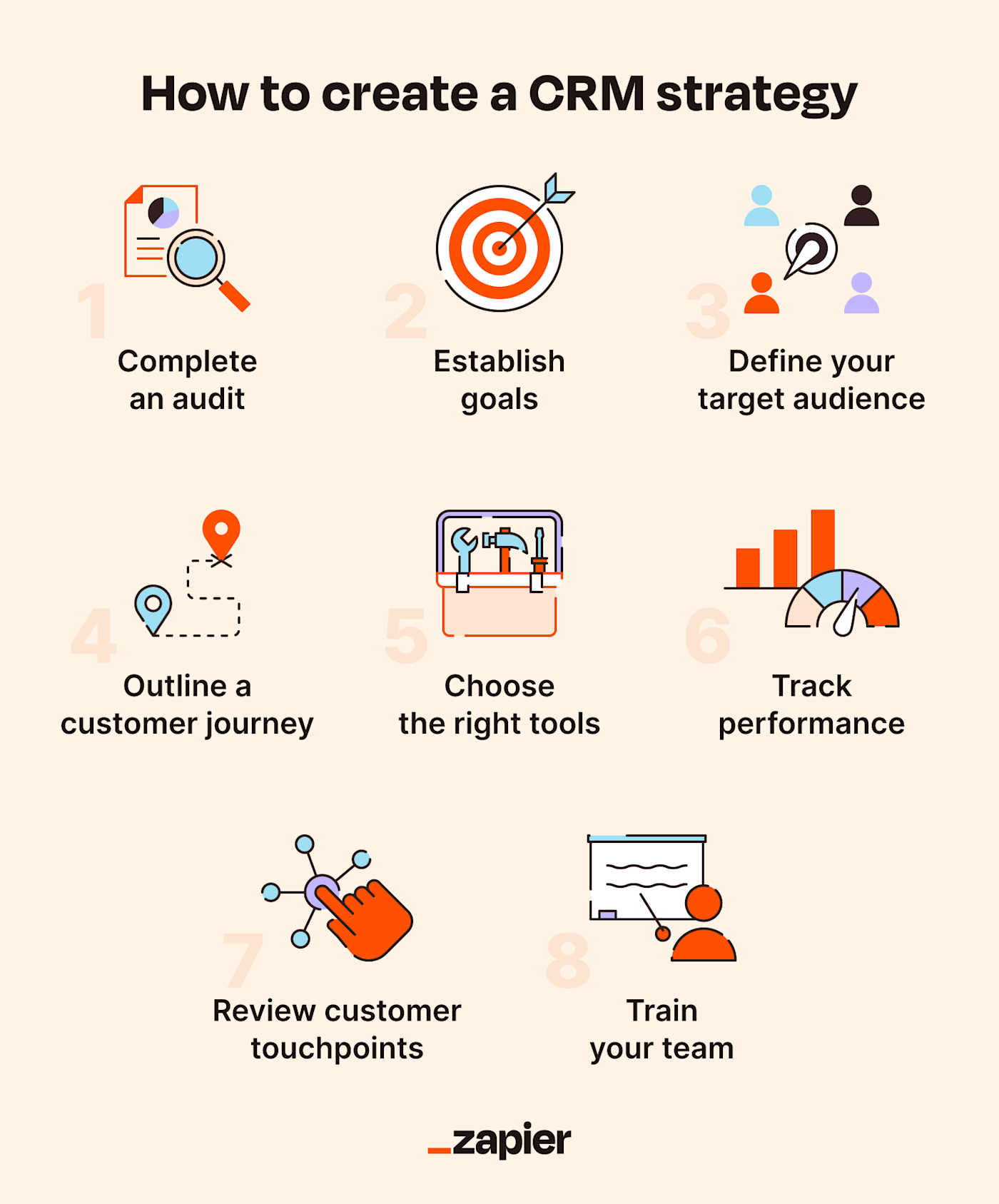
1. Complete an audit
When starting your CRM strategy, you're going to tap into your own figurative Rolodex to do an audit on the data. This step is about taking a comprehensive look at what information you currently have and identifying gaps.
Here are some data points you should consider:
Contact details: You can't reach out if you don't know how.
Purchase history and frequency: What do they buy and how often?
Value of purchases: Are they high-spending customers?
Personal preferences: What have they expressed liking or disliking?
Demographics: Who are they in a broader sense (age, location, etc.)?
Remember, the aim is to get a clear picture of your current data landscape. After this step, you'll have a better idea of what additional information you need to collect to enrich your CRM strategy.
2. Define your target audience
This step is all about taking a look at that sweet data you just dug up and playing detective to find common threads and preferences.
This isn't just a fancy game of connect the dots—you're going to develop what marketing folks like to call buyer personas. Think of these as profiles of your ideal customers that you'll keep in your CRM strategy toolkit.
So let's say you're running a bookstore. After some data snooping, your target audience might look something like this:
Demographic: People in their 30s
Location: Urban dwellers in the U.S.
Interests: Consuming books like they're going out of style, writing, and being the life of the book club
Values: Big on inclusivity and hand-picked collections
Defining your target audience is all about avoiding the dreaded one-size-fits-all marketing trap. With this intel, you can tailor your messaging and interactions to fit your customers like a glove. Trust us—they'll appreciate the extra effort.
3. Review your customer touchpoints
Next, take a gander at how your customers interact with you.
This could include your website, customer service line, social media profiles, or physical storefront (if you have one). And yes, even that contact form tucked away in the corner of your site counts.
Some customer touchpoints might include:
Communication records: How and when have you interacted before?
Feedback about your business: What's been their experience so far?
Website and app behavior: How do they interact with your digital platforms?
Social media engagement: How active are they on your social channels?
The goal of this review is to truly grasp how you're connecting with your customers. Are they satisfied? Or is there room for improvement? A good example of this is Dominos' dramatic return from the brink. Did you know it was tied with Chuck E. Cheese as America's worst pizza? It was at the bottom of the pizza game, but it listened to its customers, started making decisions based on actual data, and turned its business around.
Heck, it even made a commercial explaining its strategy.
Diving deep into what your customers are saying and how they're interacting with your brand will help you shape your CRM strategy, setting the stage for more focused, achievable goals.
You can use Zapier's pre-built simple CRM template to optimize your sales process with an elegant and personalized CRM tool that fits your business needs. The template includes a form to collect leads, a datasheet to store lead information, and a visual tracker to manage the status of each lead and initiate actions when needed.
4. Establish goals
Now it's time to decide what you want to achieve with your CRM strategy.
Take Amazon's CRM strategy, for example. Its goal is to provide an unmatched shopping experience tailored to each customer's preferences. It knows exactly how to tempt you with tailored offers, irresistible recommendations, and captivating promotions—all based on your past purchases.
Plus, Amazon has mastered the art of convenience, making it incredibly easy for customers to create an account and enjoy the benefits. It's a win-win for both Amazon and its customers.
Anything is possible, but here's the catch: your goals need to be SMART: that's Specific, Measurable, Achievable, Relevant, and Time-bound.
Let's break it down:
Specific: Your goal needs to be clear. Something like "Improving customer service" is as clear as a foggy morning. What aspect of customer service? How much improvement? Bring the details.
Measurable: You need a yardstick. If you want to boost customer retention, what's your target percentage?
Achievable: Your goal should challenge you but not be out of reach. Are you setting yourself up for success or setting a goal that's as realistic as running a marathon after the office Christmas party?
Relevant: Make sure your goal actually matters. Does this goal align with your overall business objectives? Or is it a distraction from your primary focus?
Time-bound: Set a timeline to keep yourself on track. Without a deadline, a goal is just a dream.
With clear direction and intention for your goals, you'll be well-equipped to steer your CRM strategy in the right direction.
5. Outline a customer journey map
So you've got some goals, a buyer persona, and a spreadsheet full of customer data; now it's time to grab a Sharpie and map out a customer journey:
Grab their attention: Make your customers' first interaction with your brand enticing, like Burger King's absolutely unhinged Twitter vibe or Nike's iconic eye-catching Instagram posts.
Stoke their curiosity: Now that you've got their attention, it's time to pique their curiosity. Nurture their interest with engaging content, valuable insights, and intriguing storytelling.
Guide them with purpose: Every step of the journey should have a clear purpose and direction. Ensure your messaging, offers, and interactions align seamlessly, creating a cohesive and meaningful experience.
Engage them at every turn: Surprise and delight are the secret weapons of a remarkable customer journey. Go above and beyond to exceed their expectations, whether it's through personalized recommendations, unexpected perks, or exceptional customer service.
Seal the deal: Make the buying process a breeze, removing friction or barriers like a convoluted sign-up process or unnecessary clicks. Ensure they feel confident, excited, and fulfilled as they take that final step to become loyal patrons of your business.
Doing this lets you fine-tune your CRM strategy to offer your customers a smooth, enjoyable journey every time they interact with your brand.
Trust me—they'll appreciate the scenic route.
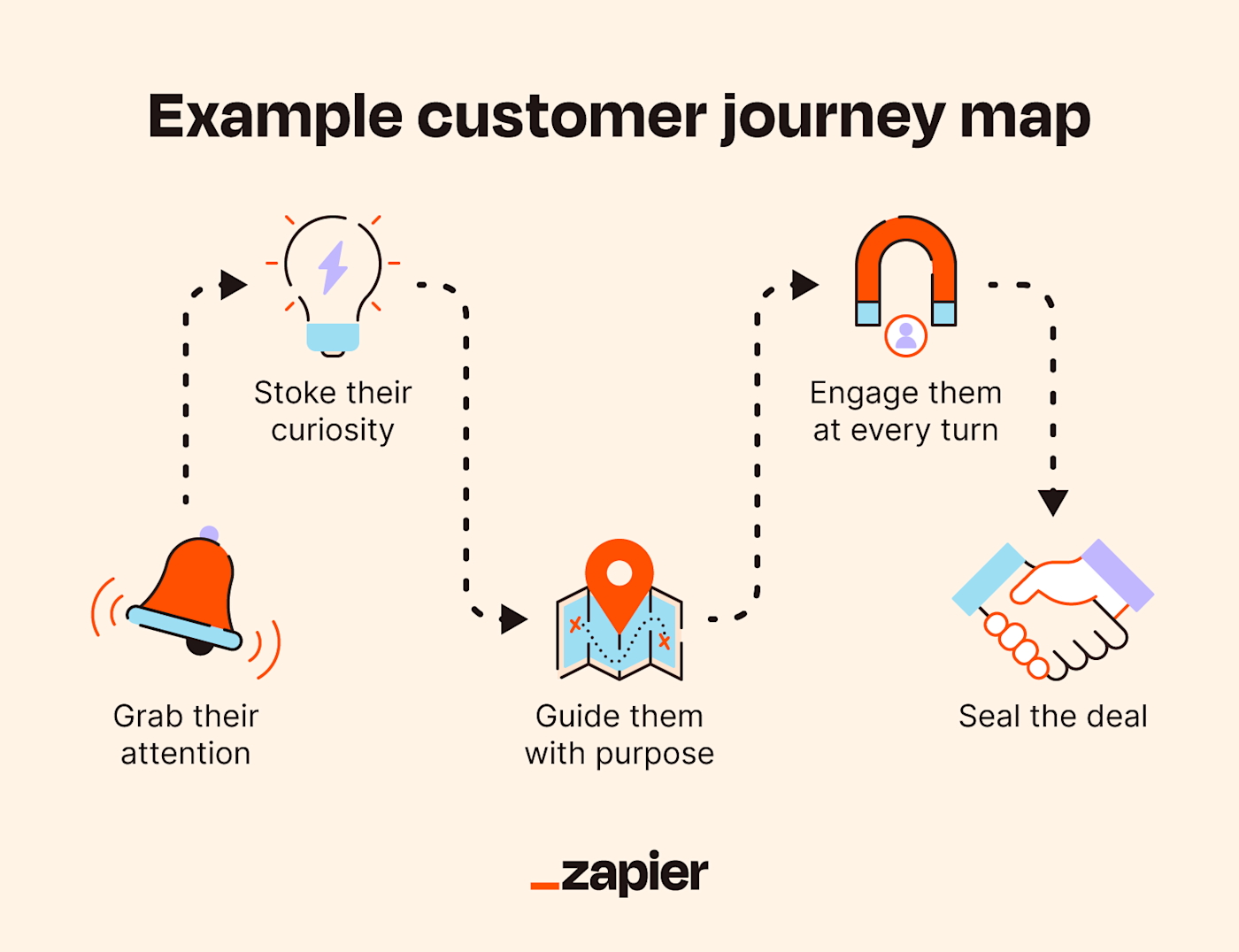
6. Choose the right tools
Knowing your customers' preferences, like baristas know your complicated coffee order, won't do much good if you can't deliver.
That's why most businesses turn to CRM software to better organize and manage relationships with current and prospective customers.
Before signing up for any software, consider the size of your organization, the number of users who will need to access the tool, and the complexity of your customer interactions. Then decide which features are important to you, like:
Contact management: Keep all your customer details organized and easily accessible.
Lead tracking: Monitor and track the progress of your leads throughout the sales process.
Sales pipeline management: Efficiently manage and track your deals as they move through the sales pipeline.
Reporting and analytics: Gain valuable insights into your business performance and customer trends through comprehensive reporting and analytics features.
Automation and integration capabilities: Look for built-in automations, and ensure seamless integration with your existing apps and systems for smooth data flow and collaboration.
Mobile accessibility: Access and manage your CRM system on the go, keeping you connected and productive from anywhere.
You should also consider bringing in Zapier to automate and connect your CRM to all the apps you're already using—it's like having a personal assistant working tirelessly behind the scenes. Learn more about how to automate your CRM.
Check out the best CRM software tools on the market.
7. Train your team
Training your squad is essential for your CRM strategy's success. Here's how to level up their CRM strategy training:
Assemble the right team members: Don't just loop in sales and customer service, but consider other departments like marketing who will be integral in deploying your CRM strategy.
Provide ongoing support and resources: Simple training sessions won't cut it. Proactively communicate and promote the benefits of the strategy, and if you're deploying software, you'll need documentation and a thorough onboarding process.
Embrace continuous learning: Foster a culture of learning and knowledge sharing to avoid siloes.
With a well-trained team of CRM superheroes, you'll be ready to conquer any customer challenge that comes your way. Together, you'll deliver exceptional experiences and save the day for your customers—not to mention supercharge your business.
8. Track performance to improve
Look, Rome wasn't built in a day, and your CRM strategy won't be pitch-perfect straight out of the gate, either. Here's how to track your performance metrics and continuously fine-tune your approach:
Monitor key performance indicators (KPIs) like customer acquisition rates, customer satisfaction scores, or conversion rates to gauge the effectiveness of your CRM strategy.
Analyze customer feedback and reviews to identify areas for improvement and to spot any red flags indicating dissatisfaction or pain points.
Regularly review and compare your performance against your SMART goals to measure progress and identify optimization opportunities.
Leverage built-in analytics and reporting features in your CRM tool to gain insights into customer behavior, engagement patterns, and sales performance.
Conduct A/B testing or experiments to test different strategies or approaches and determine which ones yield better results.
Seek feedback from your team and stakeholders to gain diverse perspectives and insights on your CRM strategy's impact and areas for improvement.
Over time, you'll find yourself making smarter, data-driven decisions, adjusting your strategy on the fly, and watching your CRM performance soar. So go ahead, channel your inner Sherlock, and let your CRM strategy evolve into a masterpiece.
CRM strategy examples
Now that we've walked through the "how" of a CRM strategy, let's go over some straight-from-the-trenches examples.
Rewards programs
Rewards or loyalty programs are the perfect win-win for companies and customers. Your customers get points, discounts, special offers, or other perks, and you get their continued engagement and loyalty.
Take Barnes & Noble, for instance. Their tiered rewards program has bookworms hooked. For every $10 spent, you get a stamp. Collect 10 stamps? That's a $5 reward in your pocket. They even offer a premium membership for $39.99 a year, with added bonuses like 10% off purchases and free shipping.
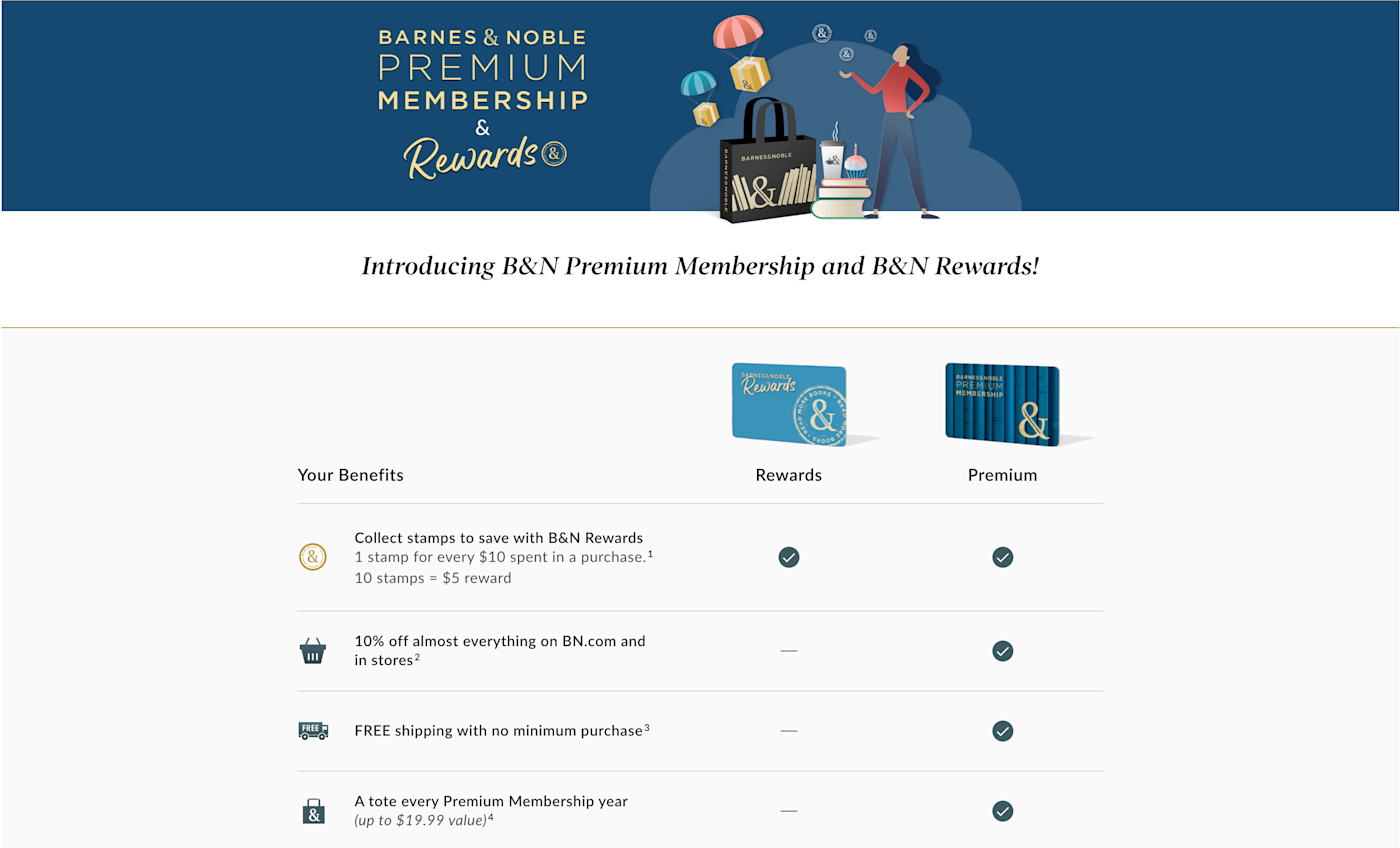
Plus, if you run a program like this through your CRM tool, you can gather valuable data on your customers' likes, dislikes, and other behaviors, all of which can be used to personalize how you market and cater the customer experience to them.
Personalization
Starbucks knows my order by heart—a venti iced peach green tea lemonade with one pump of classic syrup. And they use it against me every chance they get by sending me irresistible push notifications and personalized deals. Sneaky? Yes. Effective? Absolutely.
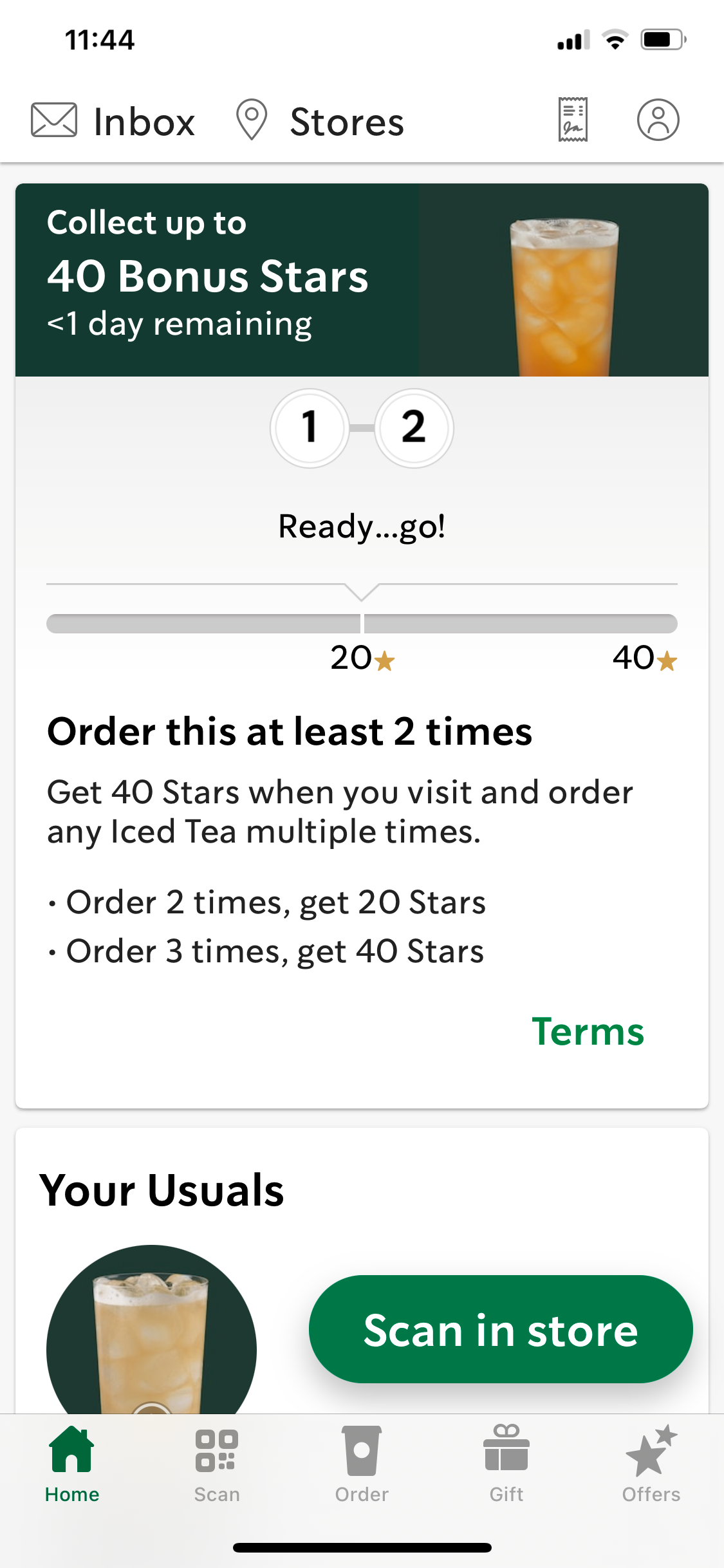
You can channel your inner Starbucks with your CRM strategy. Use customer data like purchase history, browsing behavior, demographics, and previous interactions to create a tailor-made customer journey. This kind of personalization aligns with your target audience's interests and needs, turning casual visitors into lifelong fans.
Valuable content
Want to know the secret to engaging and nurturing customers throughout their journey? High-quality, relevant, and informative content. This could be blog posts, videos, podcasts, eBooks, case studies, or, if you're Starbucks, an online sweepstakes game that's as addictive as their Frappuccinos.
HubSpot's free online marketing and sales courses are a prime example. They're so valuable that they're often a prerequisite for many workplaces. This strategy cements HubSpot's authority and delivers lasting benefits to its audience.
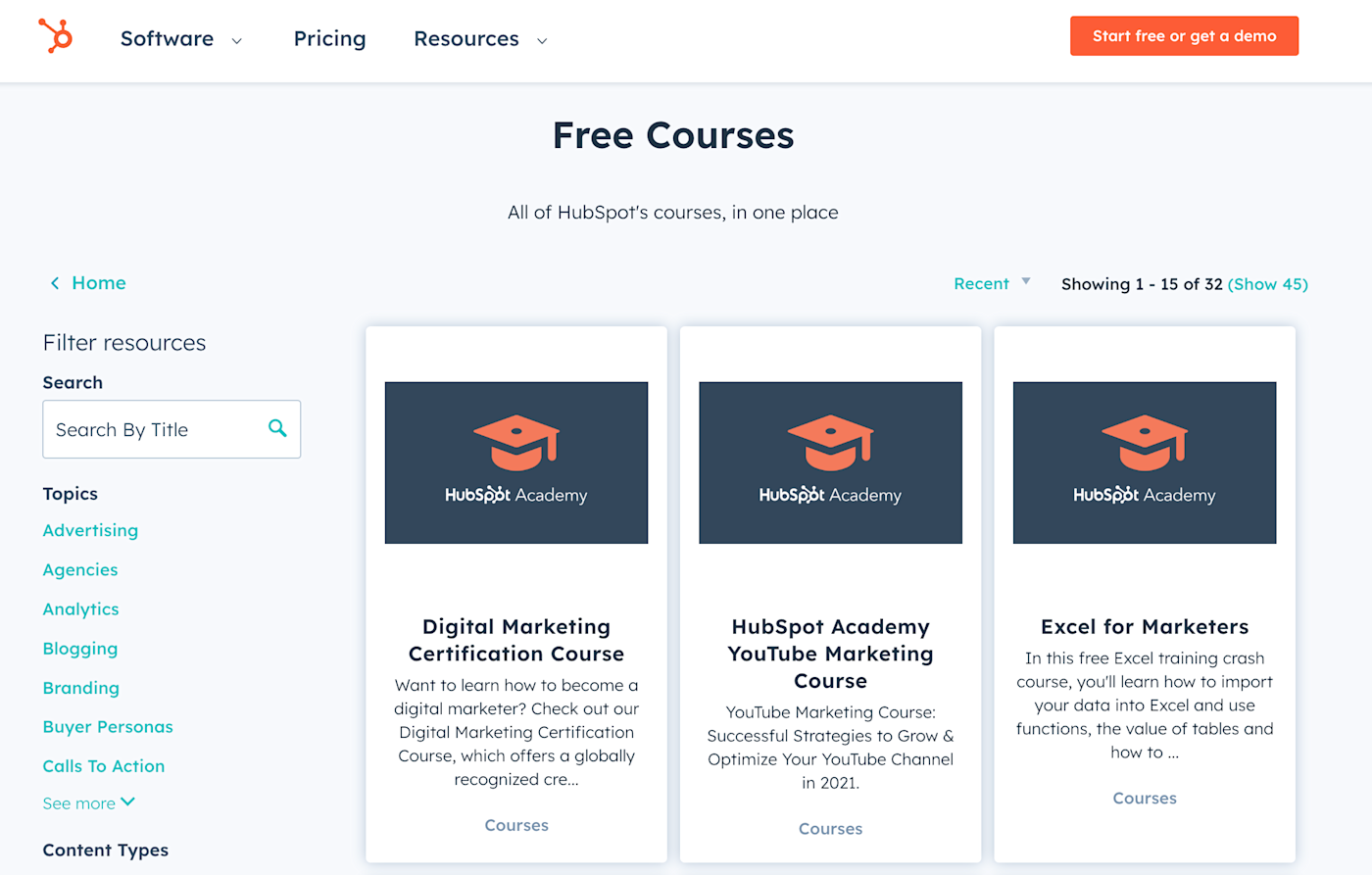
Remember, the key to creating valuable content is understanding your customers' needs, interests, and pain points. And all that juicy information is right there in your CRM.
Level up your business with a stellar CRM strategy
Implementing a CRM strategy can help you channel your inner Alice and ensure your customers get their large cold brew with half-and-half and extra ice quickly, and with the care and attention they deserve. With a strategy and CRM tool that works for your organization, the sky's the limit for automating and integrating customer data.
Related articles:






